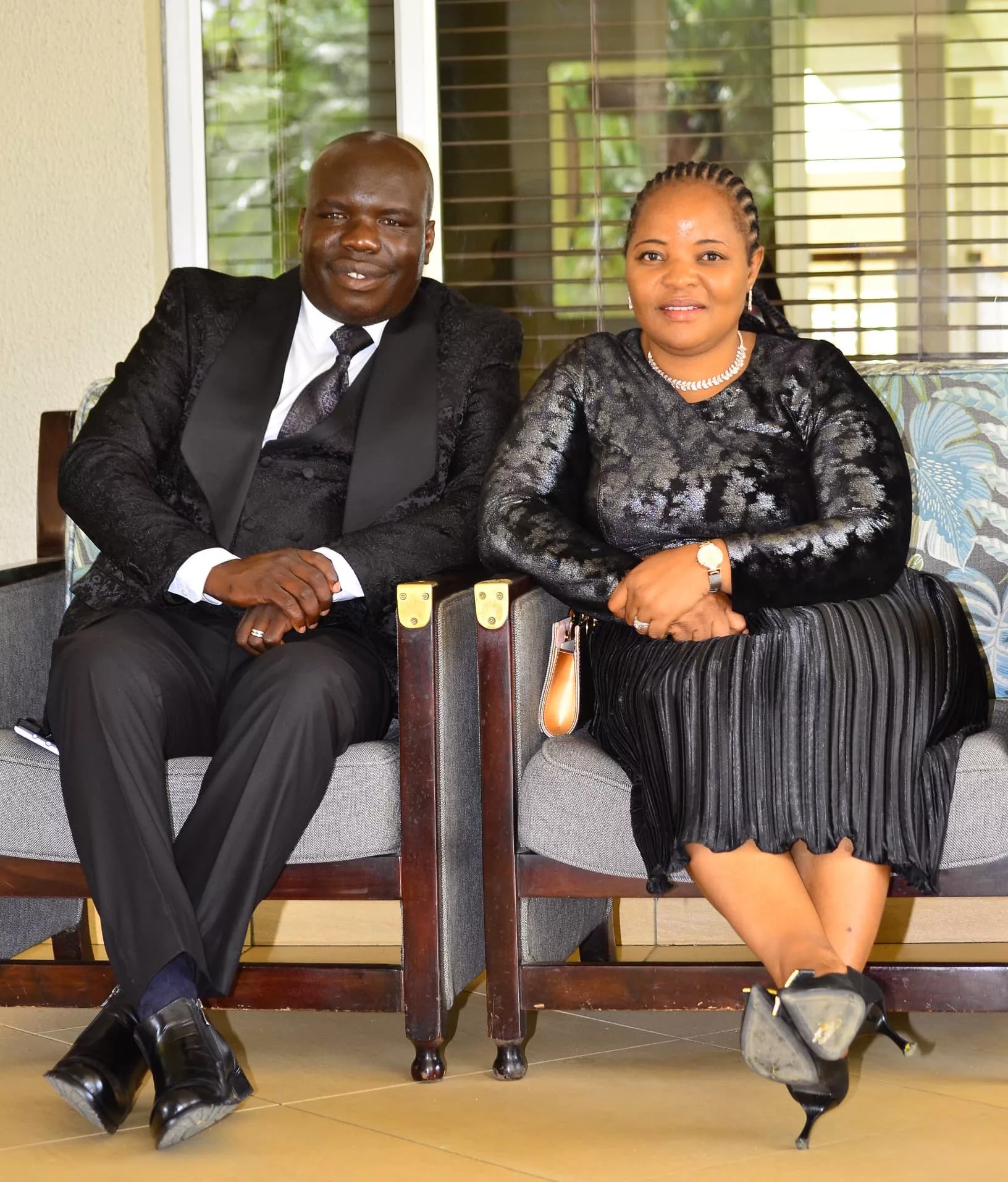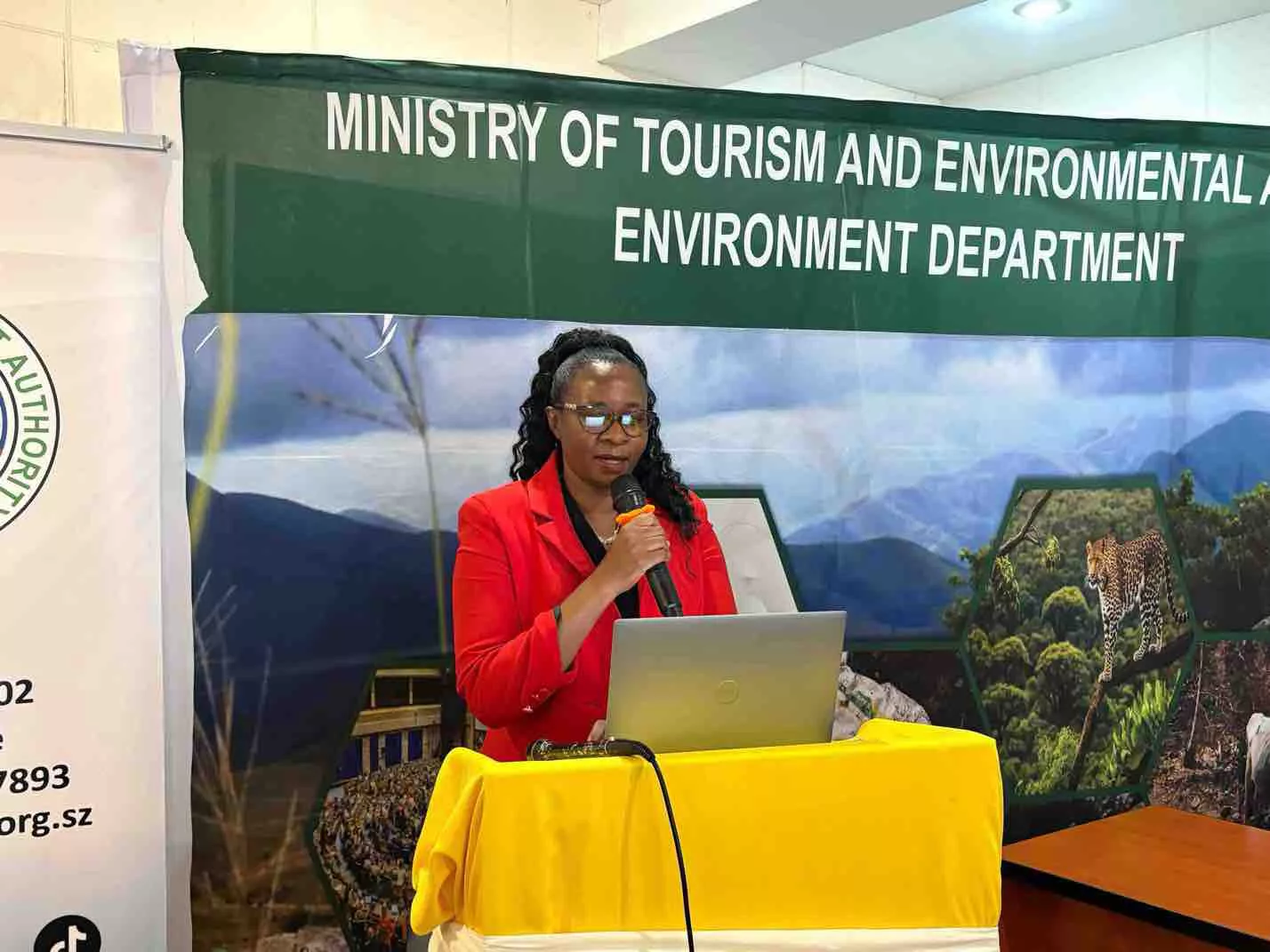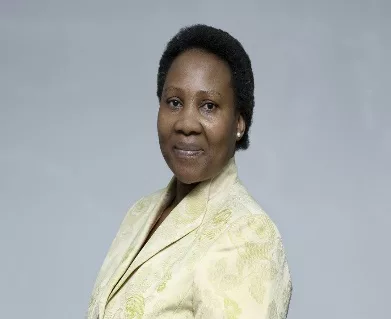By Charles Dhewa
After years of persuading development agencies not to concentrate on the production side but spread their resources along supply chains all the way to the market, eMKambo has finally been vindicated. COVID-19 has provided the Ahaa! moment for policy makers and development agencies on the importance of building infrastructure at African mass markets.
If a fraction of millions of dollars that have gone into African agriculture over the past decade was directed at building or refurbishing mass markets like Mbare in Harare, Comesa in Lusaka and Mitundu in Lilongwe to name just a few, these markets would not have been closed during the lockdown that has been consistent with combatting the spread of COVID-19.
African food markets will never be the same
If African mass food markets had appropriate infrastructure, the way consumers are queuing to buy food from the depleted supermarkets would be the same way they would be queuing to buy food from mass markets because these markets would be neat and well furnished. Long queues at supermarket and wholesalers are sufficient testimony that formal markets cannot adequately deal with a food crisis. In addition to offering variety at affordable prices, African mass markets can feed huge populations.
After COVID-19, African countries and financial institutions have no choice but to poor billions of dollars into revamping African mass markets and ensure appropriate infrastructure is put in place. Words like ‘informal market’ are likely to disappear completely from academic and policy vocabulary following a new realisation that smallholder farmers, traders and food vendors are smart entrepreneurs who deserve a more respectful identity than to be called informal economic players.
Dealing with shocks that come from unfamiliar directions
COVID-19 showed up in Africa when agricultural authorities were already in the throes of climate-induced disasters like Desert locusts in East Africa and African army-worm in Southern Africa. Nobody imagined another much bigger threat to African food systems was on the horizon. More importantly, COVID-19 caught African policy makers off-guard because they have not been used to responding to shocks that come from non-agricultural avenues like health. Instead, they are used to responding to droughts, floods, fall army worm and other familiar disasters. Since it appears disasters and shocks may continue coming from any direction, African policy makers and investors have to be proactive.
How much adaptability and flexibility is within institutions?
While it is true that no one can adequately prepare for a disaster, those who refuse to adapt during a crisis become irrelevant. By focusing on funded projects only, development organisations have not been flexible enough to deal with COVID-19. How does a 5-year project respond to shocks like lack of markets for agricultural commodities in its area of operation? For those focusing on particular value chains like goats and poultry, how do they respond when suddenly there is no trading of agricultural commodities like goat or poultry meat? How does a project focusing on irrigation development suddenly switch to assisting starving villagers instead of continuing to procure equipment for irrigation schemes?
Like soldiers in a war, doctors and nurses have proved that they do not run away from the war front leaving patients alone. Conversely, some development agencies working in the agriculture sector have run away from farmers, leaving them to find their own solutions on markets around COVID-19. Members of parliament have also disappeared into hibernation yet farmers who are the majority of voters are incurring losses through commodities rotting due to absence of a market.
Although raw commodities for manufacturing feed come from rural and farming areas, most of the poultry feed in Africa continues to be manufactured in cities and transported to rural chicken projects. With the COVID-19-induced lockdowns such feed is not going where it is needed. The same applies to pork production whose feed comes from cities. COVID-19 has not only exposed the folly of some of these arrangements but also presents opportunities for countries to revisit their food systems in ways that recognise the importance of every player, most importantly farmers who are the primary food producers.






